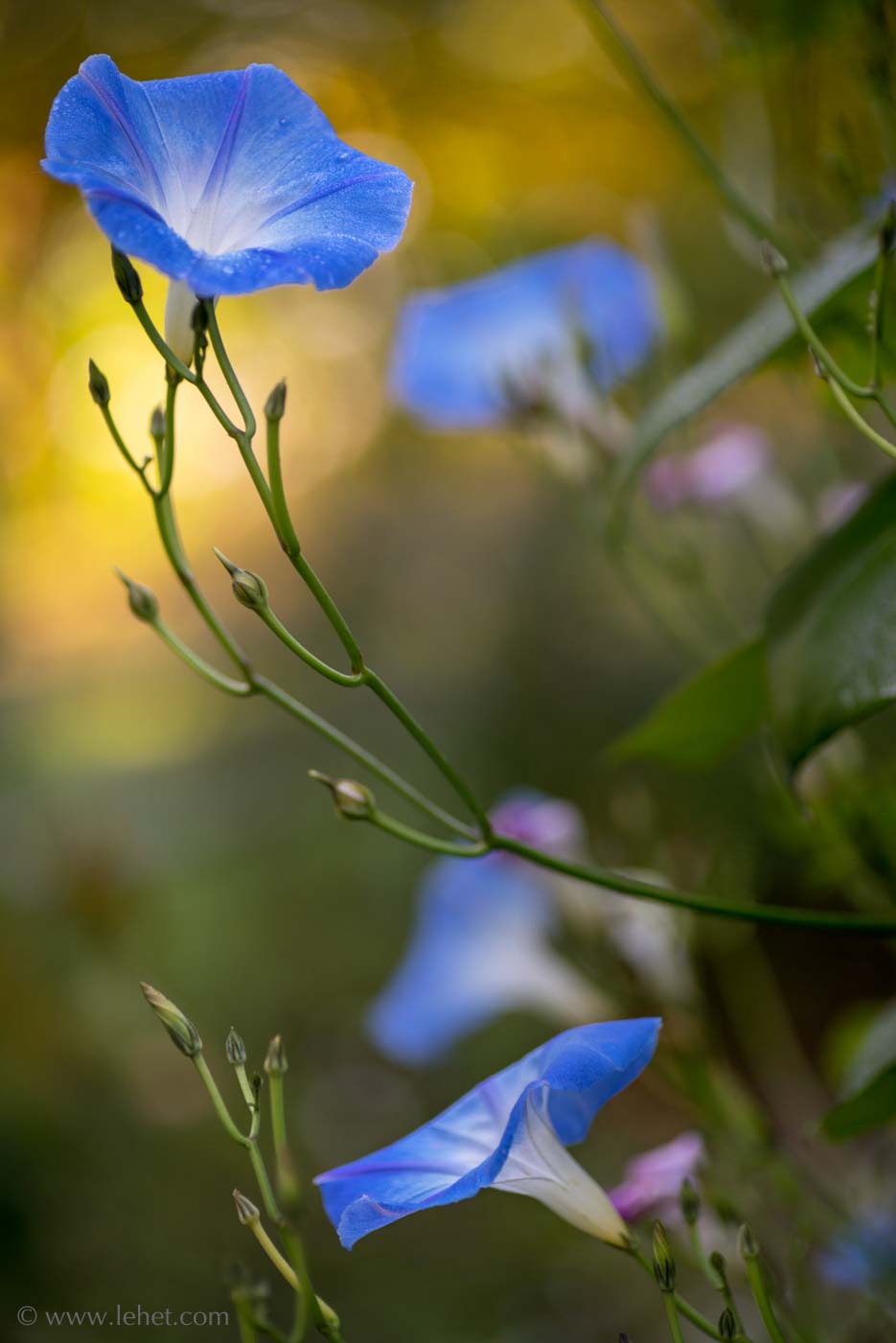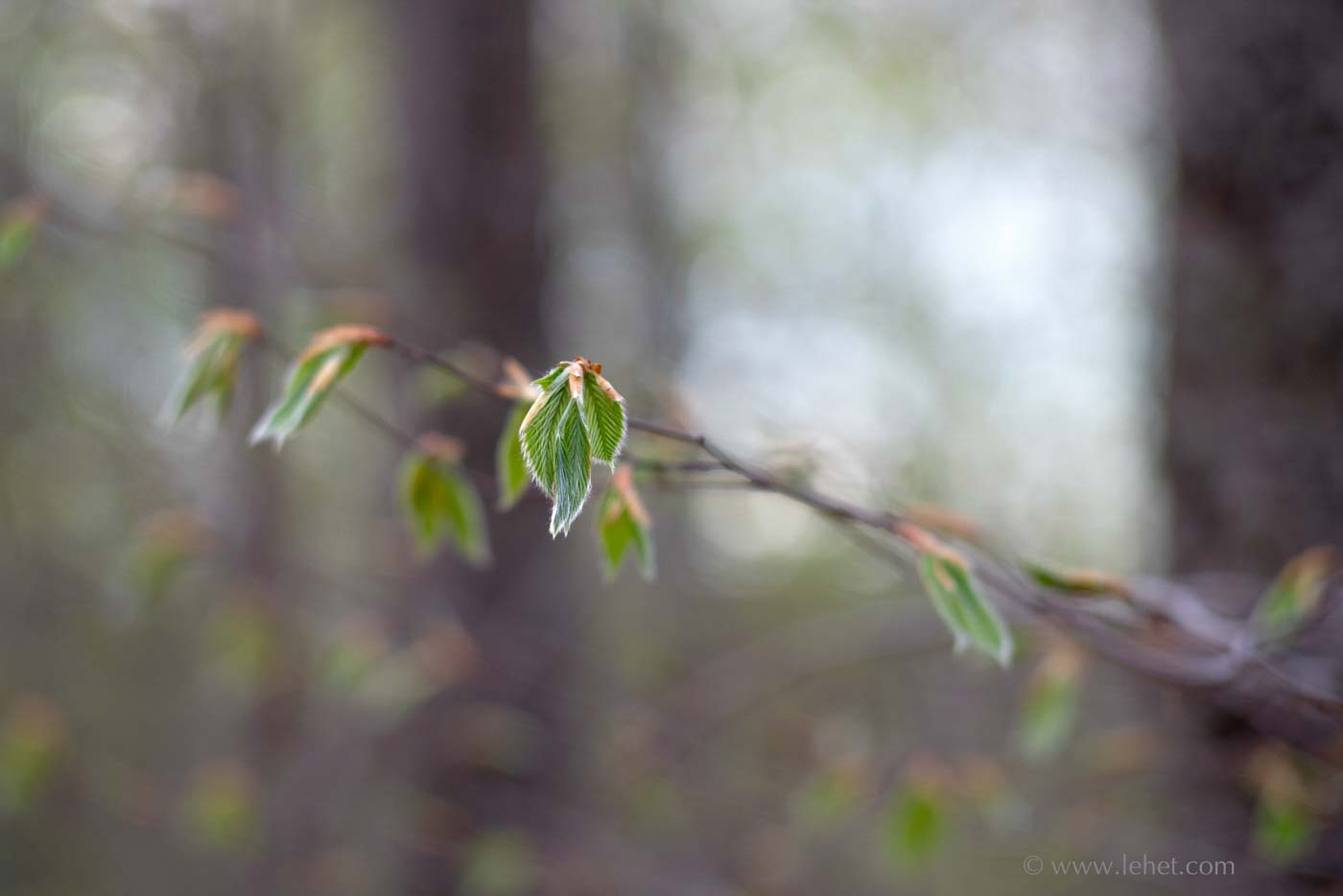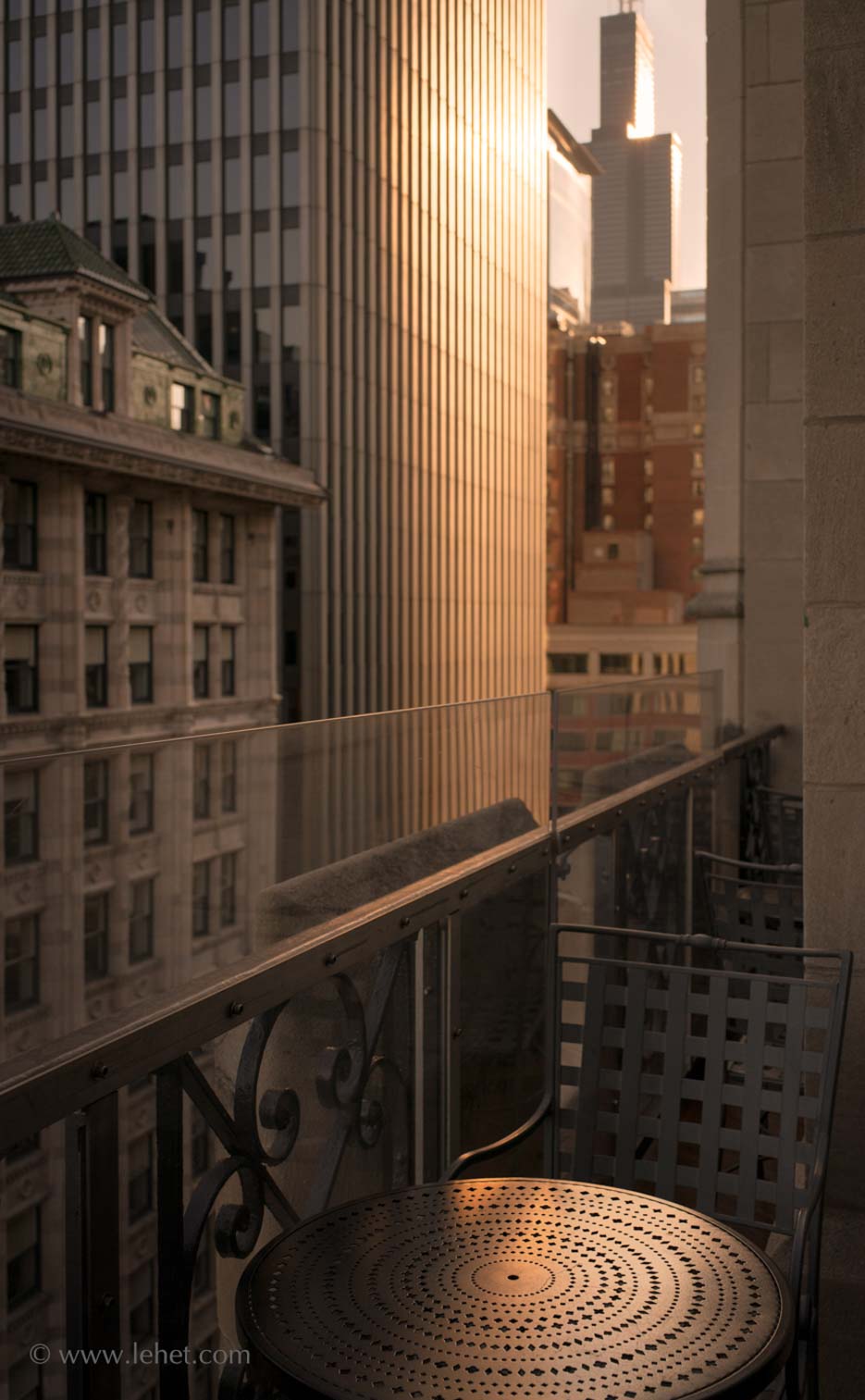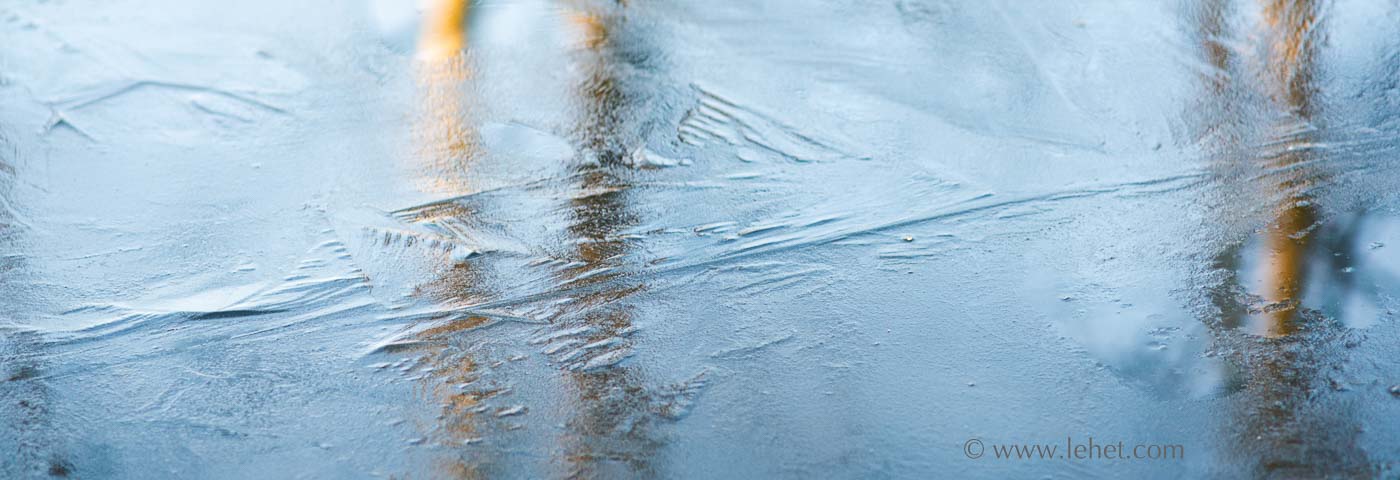
Of course, the shape of the photograph is important. I had stopped seeing panoramas and making them so much, partly because I was having trouble framing them so it would work. Using sturdier frames and better framing technique, and cutting my own glass I’m able to frame them in a sturdy way and without going (as) broke doing it. So I’m seeing them and printing them again. Yay! I’ll be hanging 3 panoramas at an upcoming show at the Eversource headquarters in Manchester NH through the spring, and also some different ones in the gallery in hallway 4F at Dartmouth Hitchcock medical center in Lebanon NH through April and May.
Part of what I like about the pano format is the way the eye can move in a different way. There is something a bit more free, call it “vast” feeling about the space, for me.
Compare to the extreme opposite, a square composition (which I also love, and used a lot in the days when I had added the use of a medium format film camera along with my 4 x 5 view camera main-axe. In this composition, as in many squares, the eye moves back in, it’s tighter, it feels more boxed-in. Which is OK. It’s always a box of some sort.
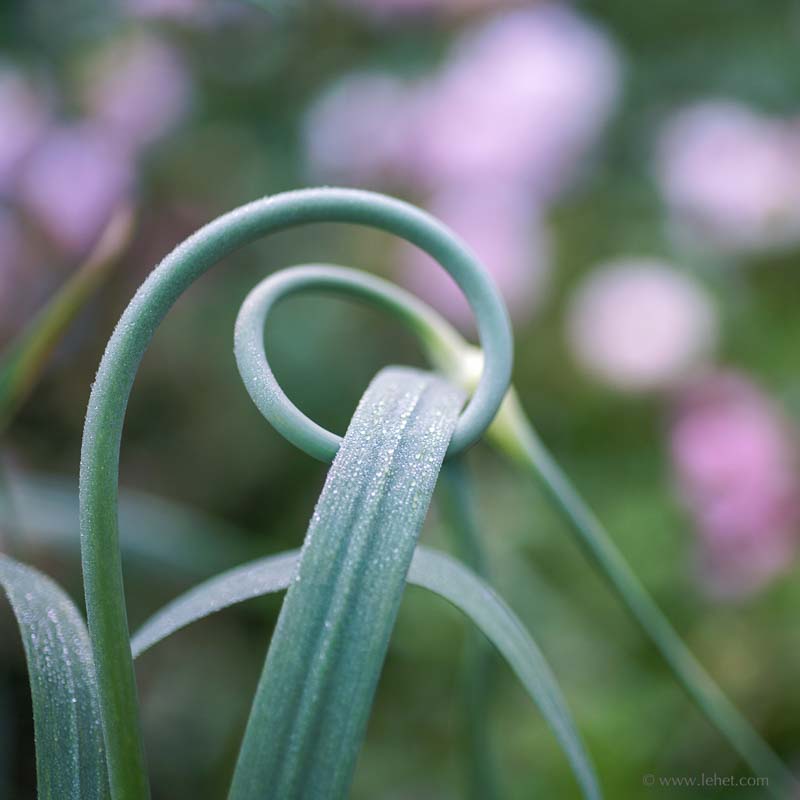
I think somehow the sense of composition within a box has a subtle pointer to outside of the box. It points to a bigger scene, and the boxed-in detail evokes a larger space. Since that larger space is here undefined, the space is purely mind. Our mind is bigger than the box.
When I was in college, I remember talking to a friend about people who were “in the boxes” and “out of the boxes.” (Where are you now, Steph?) In the boxes was our way of referring to purely conceptual, standard, and habitual ways of thinking. There was plenty of in the boxes thinking at Dartmouth when I was a student there. Out of the boxes was more emotional, less habitual, open to new experience and ideas. It was rather rarer. The thing is, you need the boxes in this world. We need concepts, defined ideas, a reality that works in its framework. But ultimately the truth has its home out of the boxes as well.
Since those days I’ve become a meditator and a Buddhist; I’ve lived a lot of my life in conceptual terms, I’ve composed photographs that exist in their limited spaces. But I’ve also rested in what Tibetan Buddhists would call “space,” embraced the view of emptiness. My teacher, Tsoknyi Rinpoche literally talked about the framing I’ve done here. To paraphrase (I’m working from memory of a retreat with him), “You need some boxes. That’s why we give you lots of boxes (concepts). But let’s have the boxes be made of butter, so they melt.” (We need to go beyond concept).
These new (and new-ish) photos are available for sale:
Four Birch Reflections in New Blue Ice


